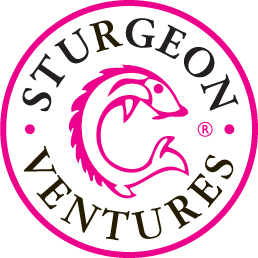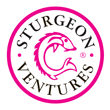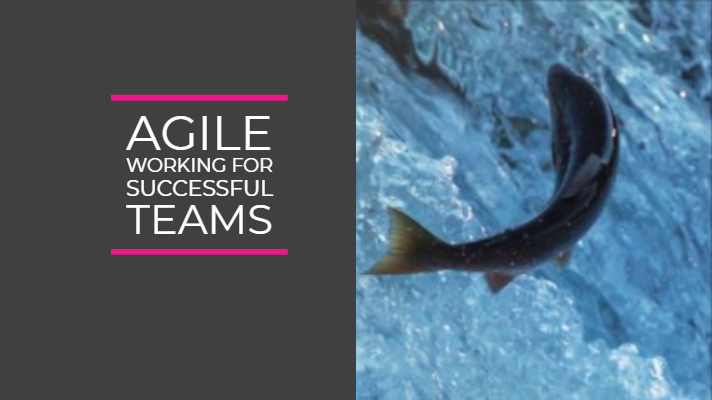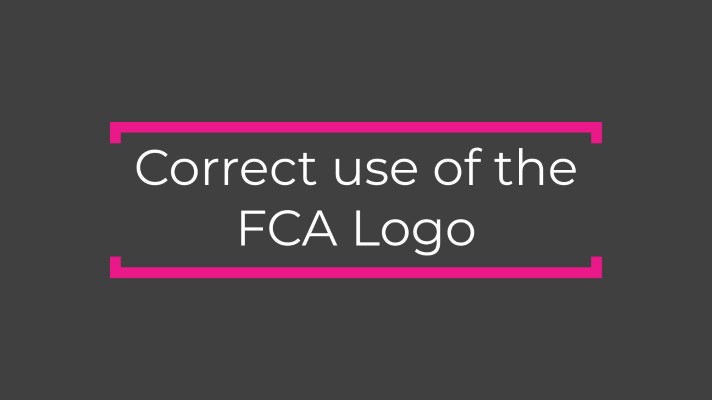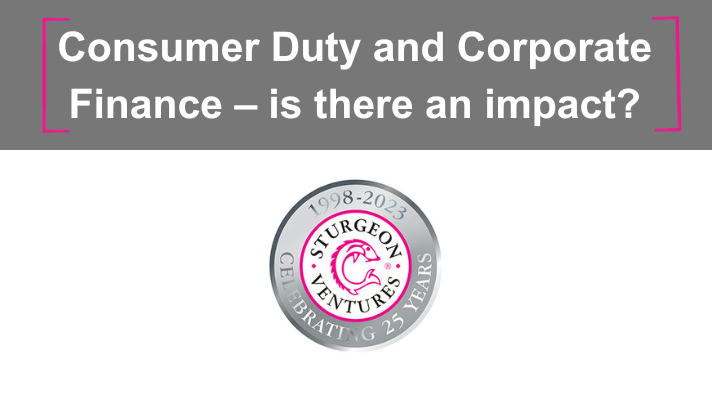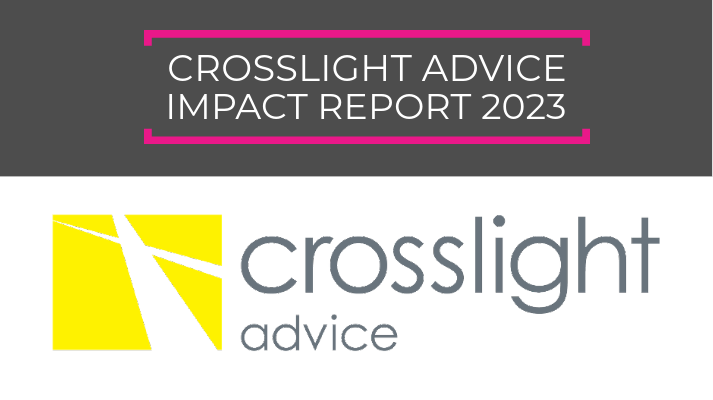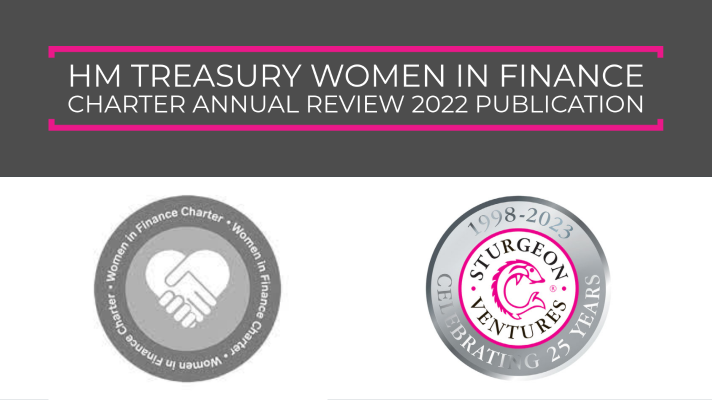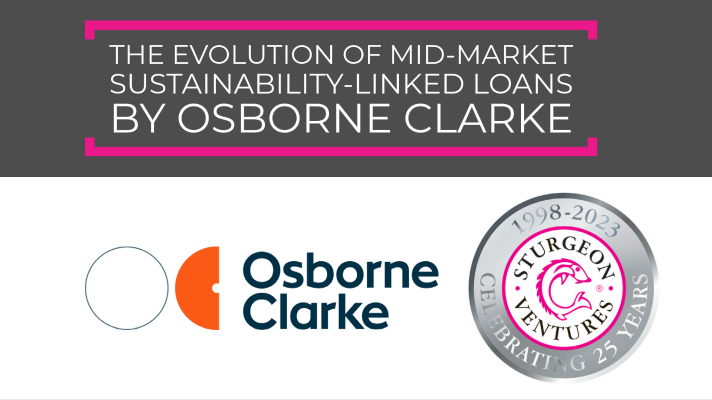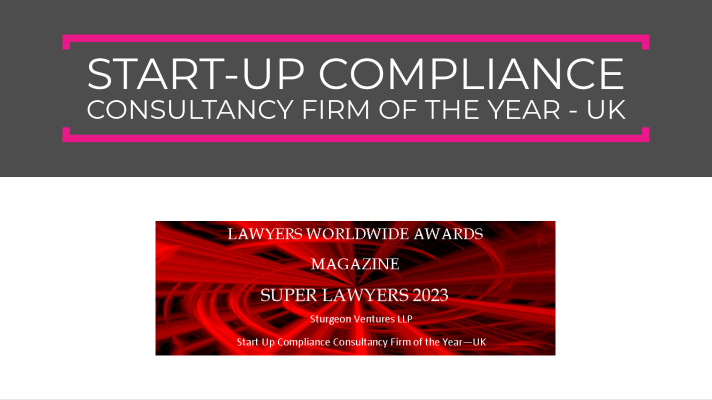Agile working for successful teams
Sturgeon Ventures, the Pioneer of Regulatory Hosting in the UK, has throughout its 21-year history championed a successful agile team. Seonaid Mackenzie, Founding Partner of Sturgeon, is a strong advocate of agile working and leadership articles such as this one from McKinsey.
Link: How to select and develop individuals for successful agile teams: A practical guide
Of note is McKinsey’s thoughts on how agile working is best when there is synergy between both the organisation and its employees. Both entities should work in harmony for maximum benefit to all.
“…An alignment of values happens when the goals, rewards, and conditions people seek through their work are consistent with the requirements of agile teamwork…” McKinsey
Within the guide, they discuss the need for teams and their members to:
- Be able to handle ambiguity – be flexible and remain focussed on goals.
- Be agreeable – have empathy and the ability to communicate sometimes difficult topics with minimal conflict, enabling transparent discussions.
- Show some extrovert traits – people with extrovert traits tend to find it easier working across different teams and stakeholders. Although introverts shine in their own right with empathy and listening skills, coupled with highlighting other’s skills.
- Show low levels of neuroticism. Emotional stability works hand in hand with the need to be flexible as goals and processes can change more quickly in an agile environment.
- Take ownership of the delivered product and take pride in being associated with it. Pride in the product leads to feelings of motivation, innovation and keenness for quality.
- Use the customer as inspiration – as a guide toward the most economical solutions, as a reference for shared team responsibility for success and finally using client familiarity as motivation (not just one point of contact within the team, but shared knowledge).
- Enjoy being in control of their destiny – people who need too much direction from management, may not be the right choice for an agile team. Enjoying being in control of your destiny also enables freer flow creativity, innovation and freedom to express opinions around team decision making.
- Not be too conservative – often people who have worked in long term traditional environments need time to adjust to a less traditional and less constrained ethos.
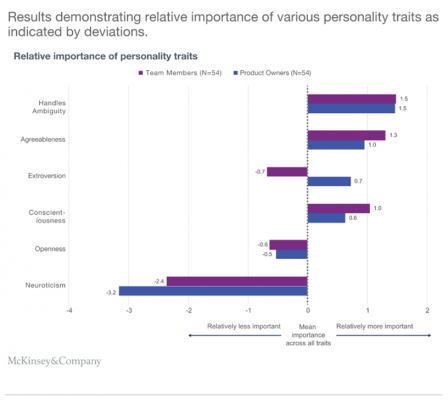
Source: McKinsey & Company – https://mck.co/2S4Cg0H
4 Questions to help you find your agile team members
To simplify the above points, McKinsey suggests 4 questions that help you select and develop agile teams:
1. What motivates them?
2. What do they expect from others?
3. Do they have a customer-centric view of the world?
4. Are they proud of the work they’ve done?
“…Working in a complex world requires great teams directed by an inspirational product owner with a clear vision. The ultimate success of the organizations is the combined effort of these people. But great teams do not mean technically the best people or the most experienced. Instead, it means people that have the right personality, behaviours, and set of values for agility, either innately or through appropriate coaching and development…” McKinsey
Sturgeon’s Agile Commitment
As well as backing agile teams, Sturgeon Ventures is one of the original signatories to The Women in Finance Charter.
Seonaid Mackenzie comments:
“Organisations need to focus on their cultures, with senior and middle management mind-sets requiring time and effort to adjust inherited behaviours. They must also adopt agile working practices, using communications and information technology to enable staff to work where, when and how they choose – with maximum flexibility and minimum constraints – to optimise their performances.
With the median gender pay gap for the Finance and Insurance sectors being 22% and no sector paying women more than men, there is clearly work to be done to encourage agile working in these industries, particularly with investment in better technologies.
If more firms embraced the Agile Working Agenda, more women would potentially be within the workforce, while making the playing field more level.
The first commitment of this Charter is to ask firms to support the progression of women into senior roles in the financial services sector by focusing on the executive pipeline and the mid-tier level with internal target setting. This can only be benefitted by providing an agile working environment to encourage women back to the workplace and the Finance industry at large.”
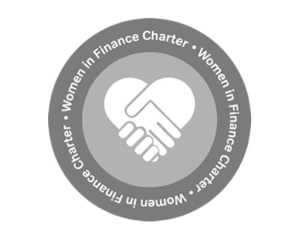
If you’d like to read more on our commitment to agile working, flexible working and gender and diversity, see the links below:
Agile Working at Sturgeon Ventures
Sturgeon Ventures’ Commitment to Women in Finance Charter
Sturgeon Ventures’ Equality and Diversity Policy
